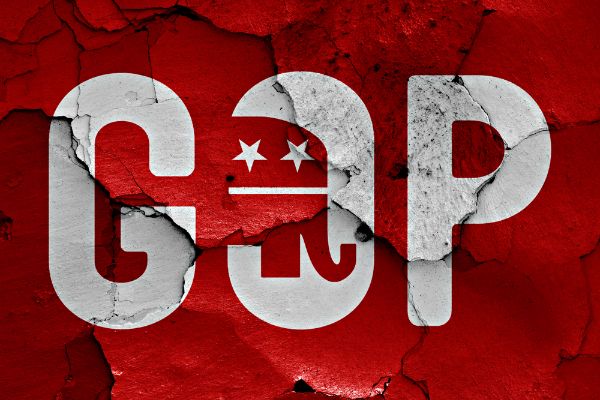The United States Federal Reserve announced its plans to lower its $120-billion-per-month in bond buys, taking the initial step toward lowering a post-covid money-printing policy that has inspired a lot of investors to buy bitcoin as an inflation hedge.
The Fed said this week in a comment that it will lower their pace of asset purchases by around $15 billion per month. Purchases of United States Treasurys will go down to $70 billion per month from $80 billion, while buys of government-backed mortgage securities will lower to $35 billion per month from $40 billion.
Under this plan, the Fed will continue to decrease its purchases by $15 billion each month until the program concludes during next year.
“The committee judges that similar lowerings in the rate of net asset buys will possibly be appropriate every month, but it is prepared to change the rate of buys if needed by changes within the economic outlook,” the Fed’s Open Market Committee, or FOMC, said in a comment.
The asset purchases – a form of stimulus paid for by newly printed money, which is called “quantitative easing,” or QE for short – have aided to more than double the amount of the Fed’s current balance sheet since March of 2020, to around $8.6 trillion as of just last week.
‘Expected to be transitory’
Jerome Powell, the Fed Chairman, had signaled during a September meeting that there was “broad support” to start tapering asset purchases, based on a program to complete the effort “sometime around the middle of 2022, which seems to be appropriate.”
A growing group of top investors including the legendary hedge fund titan Paul Tudor Jones II along with PayPal cofounder Peter Thiel have joined with crypto traders in expecting that bitcoin will be effective as an inflation hedge. That is mainly because of the restriction on new amounts of bitcoin, as is hard-coded into the underlying technology.
JPMorgan analysts have said recently that more investors are now seeing the cryptocurrency as a possible hedge against inflation.
But bitcoin also has often been very correlated with United States stocks, which can come under pressure when the Fed tightens their monetary policy, because greater borrowing costs often mean higher financing costs for firms, possibly becoming a drag on their quarterly profits.
Author: Blake Ambrose






Comments are closed.